Good grasp – an iconic Broken Hill asset is returning to the ASX
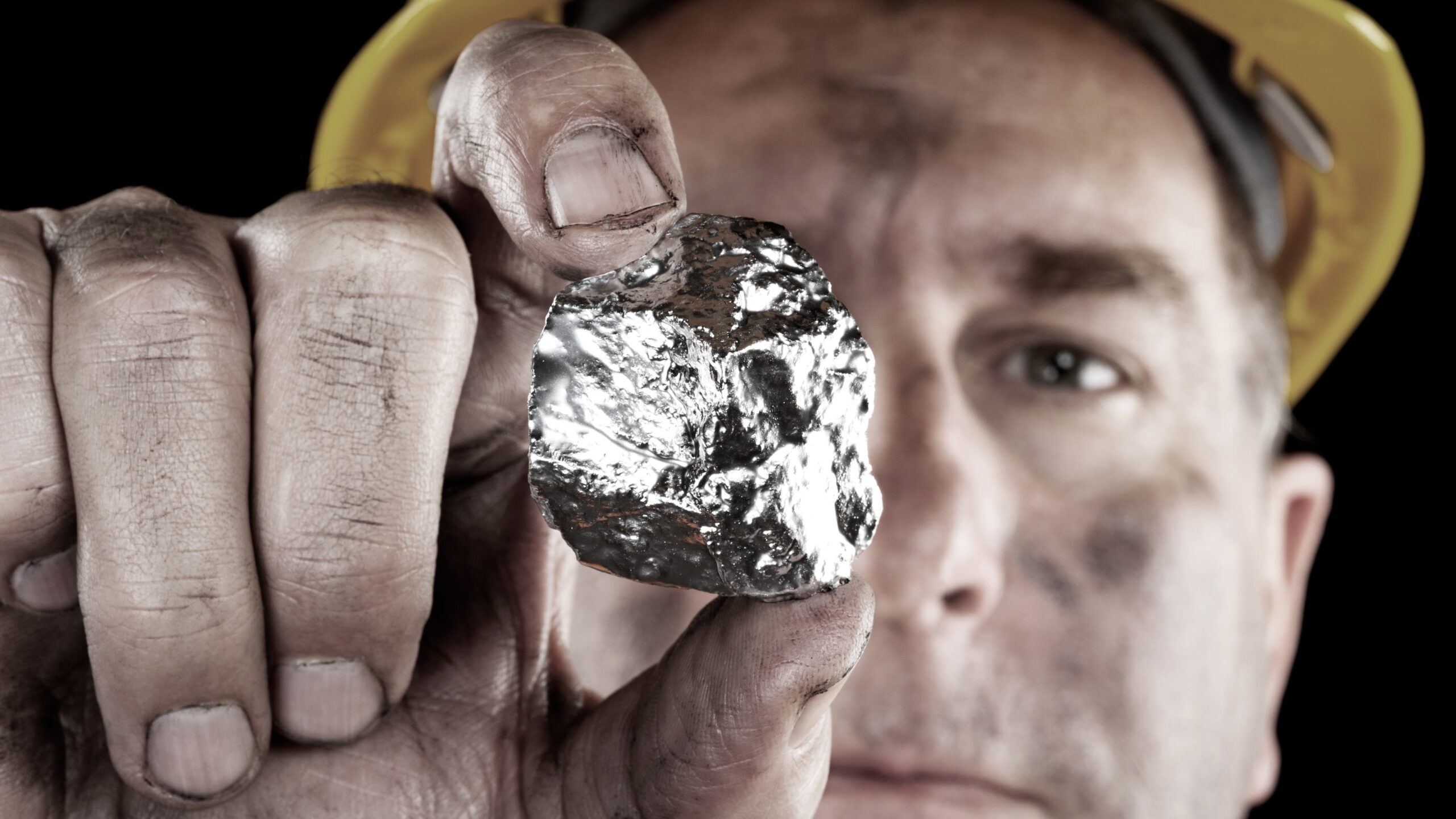
Broken Hill Mines is aiming to shine on the ASX. Pic via Getty Images
One of Australia’s top mining journalists, Kristie Batten writes for Stockhead every week.
As the birthplace of BHP in 1885, few Australian mineral fields are as historically significant as Broken Hill.
However, unlike places like Kalgoorlie or Mount Isa, Broken Hill hasn’t gotten the kind of attention or investment it deserves.
That’s mostly because its main assets are held by foreign companies. CBH Resources and Perilya were once ASX-listed producers but were acquired by Japan’s Toho Zinc and China’s Shenzhen Zhongjin Lingnan Nonfemet Co, respectively, last decade.
Newcomer Broken Hill Mines (BHM) is looking to put the outback town, on the border of New South Wales and South Australia, back on the map for investors.
Toho made the decision to exit mining globally and was planning to close the Rasp silver-lead-zinc mine.
BHM saw an opportunity and reached agreement with Toho to acquire Rasp for just A$1 and a $6.9 million contribution towards cash backing the mine’s $16.9 million environmental bond.
At the same time, BHM secured an option over the Pinnacles mine, 15km from Broken Hill, for $1.2 million cash and 2 million shares to establish a profit-sharing arrangement.
It will mark the first time any company has consolidated two out of three of Broken Hill’s operating mines.
“There’s a wealth of opportunity available for anyone who can consolidate Broken Hill,” BHM executive chairman Patrick Walta said.
BHM will list on the ASX in the coming weeks via a reverse takeover of Coolabah Metals – which coincidentally has the ASX code CBH – and is expected to have around $39.5 million of cash and undrawn facilities.
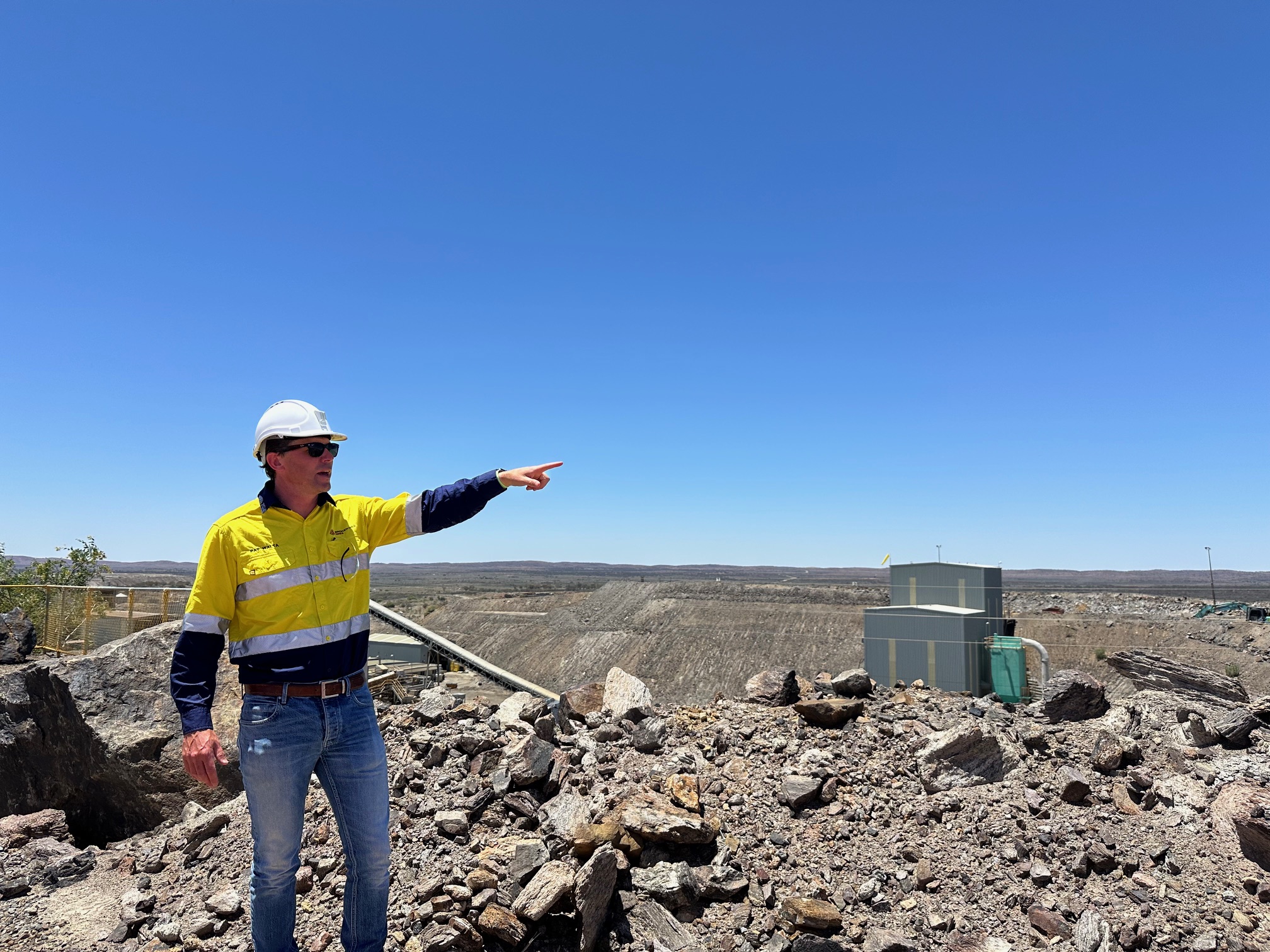
Rasp – a ‘true polymetallic orebody’
Despite being worked over for more than 135 years and being named after BHP founder Charles Rasp, BHM’s Rasp underground mine is a reasonably new operation.
“The plant was built in 2012-2013 and it’s been operating consistently since then,” Walta said during a site visit last week.
“By and large, this is a mine that has delivered operational cashflow year in, year out.”
The exception was 2023, with profitability impacted by a lower zinc price, increased treatment charges, one month of downtime and $8 million in redundancy costs.
Net mine cashflow for the first six months of the year was $8.3 million, despite the operation’s 750,000 tonne per annum mill only operating at 40-50% capacity.
The operation is well-capitalised with Toho investing around $30 million in new equipment shortly before making a decision to close the mine.
Rasp has a resource of 10.1 million tonnes at 5.7% zinc, 3.2% lead and 48.5 grams per tonne silver, or 9.4% zinc equivalent.
BHM’s initial focus will be the Main Lode, part of the original Line of Lode, which has a high-grade resource of 870,000t at 17.7% ZnEq.
Contractors started work on the development required to access the orebody last week.
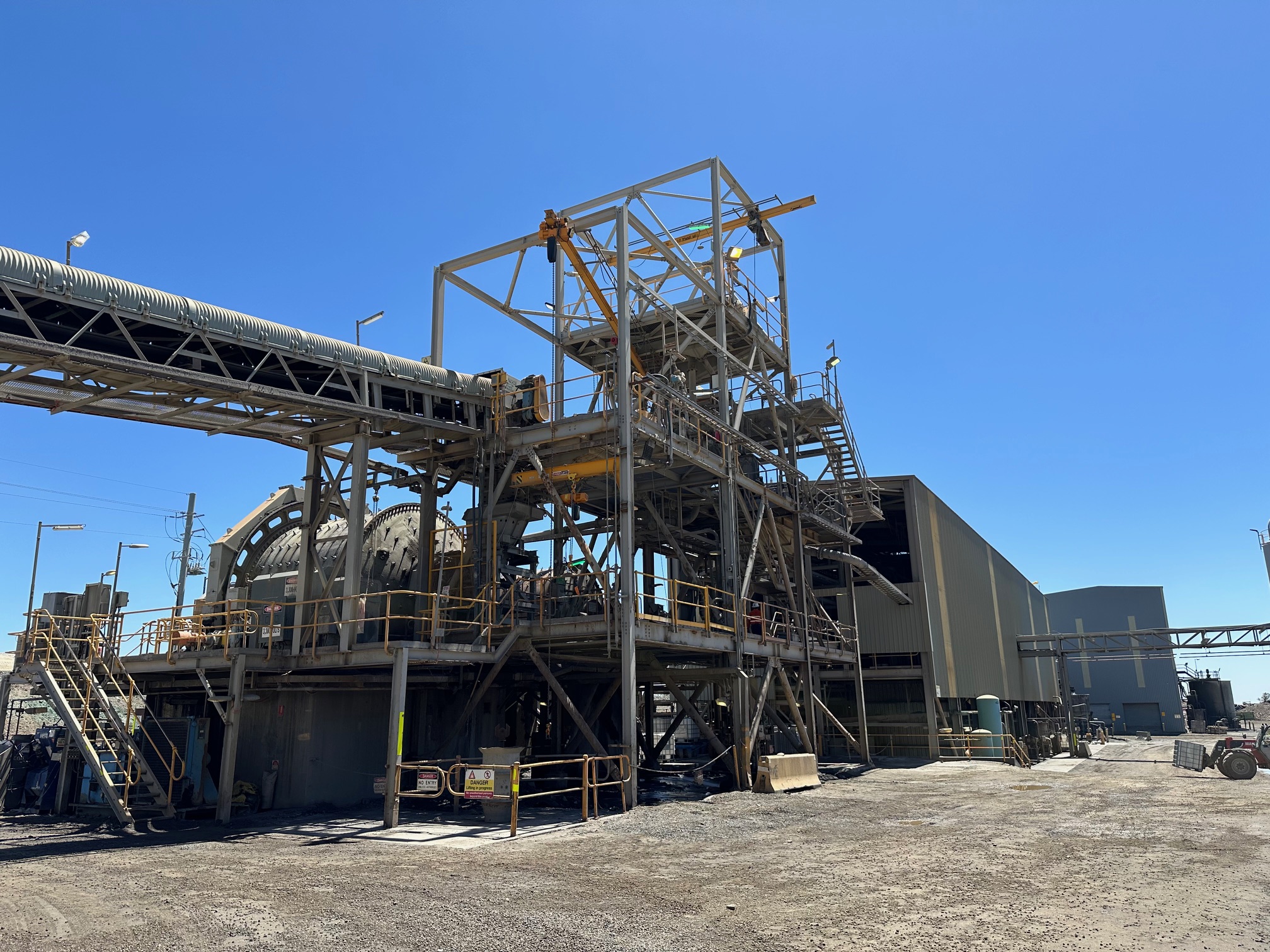
The Western Min deposit hosts 4.36Mt at 8.2% ZnEq and has provided the bulk of Rasp’s tonnage over its life.
“Western Min has been known about for decades but wasn’t mined as it was considered too low-grade,” Walta said.
“It’s not a new discovery. There just became a period in time where someone had made the decision that it could be mined economically.”
Walta previously ran pure zinc producer New Century Resources, which was at the mercy of a single commodity price and its fluctuations.
He described Rasp as a “true polymetallic orebody”.
“That’s really important because of the natural hedge that occurs there,” he said.
BHM is aiming to get all-in sustaining costs at Rasp down to below US75c consistently to provide a buffer through all price cycles.
Pinnacles – ‘the story the market wants to see’
Unlike Rasp, which previously sat inside an ASX-listed company, Pinnacles will be a new asset to investors.
“From the perspective of the market, no one knows anything about this mine,” Walta said.
“Even the locals don’t know much about this. It’s never been talked about publicly. Not a single drill hole has ever been publicly released, so that’s exactly what we’re going to do now. Once it’s listed, all this new info is going to come out.”
Broken Hill locals, the Williams family, have owned Pinnacles since 1952, first being developed by Edward Williams, then son Teddy and now grandson Craig.
Craig Williams looked to list Broken Hill Pinnacles on the ASX in 2008 but the onset of the Global Financial Crisis halted those plans.
In hindsight, Williams said it was a blessing and the company has remained private ever since.
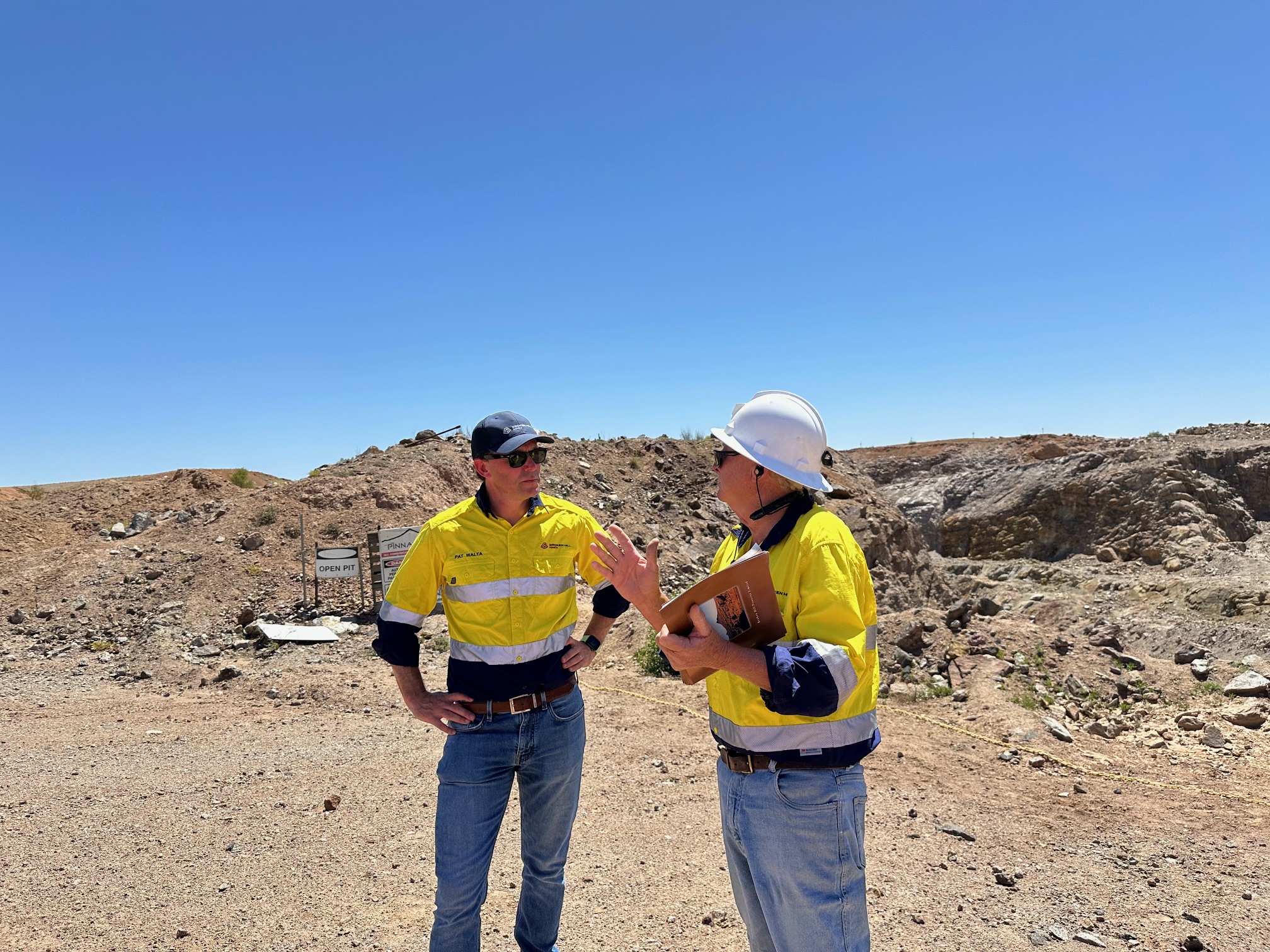
The Edwards pit was mined between 2007 and 2020, producing lead and zinc oxide.
Operations were suspended due to the COVID-19 pandemic.
Pinnacles has a resource of 6Mt at 4.7% zinc, 3.3% lead, 133g/t silver and 0.5g/t gold, or 10.9% ZnEq.
The system hosts more gold than other deposits in the region, with intercepts of up to 189g/t.
Williams said the old-timers were mainly focused on the silver – with up to 70% of revenue coming from silver.
“The silver content in the average of all that ore that was mined up to about 1970 was in the order of 1000 grams or 30 ounces per tonne,” he said.
“That was the key number they needed to make it work.”
Walta said the best analogy for Pinnacles was the Cannington mine in Queensland.
“This place is a silver mine. It will always report in zinc equivalent, because generally you have to, but the reality is, at least 50% of the revenue will come from silver.”
While Pinnacles hosts a small-scale processing facility on care and maintenance, the plan is to restart mining and truck the ore to the underutilised Rasp mill.
“The Rasp mine is the engine room, and it will continue to generate cash, but Pinnacles is really the story the market wants to see,” Walta said.
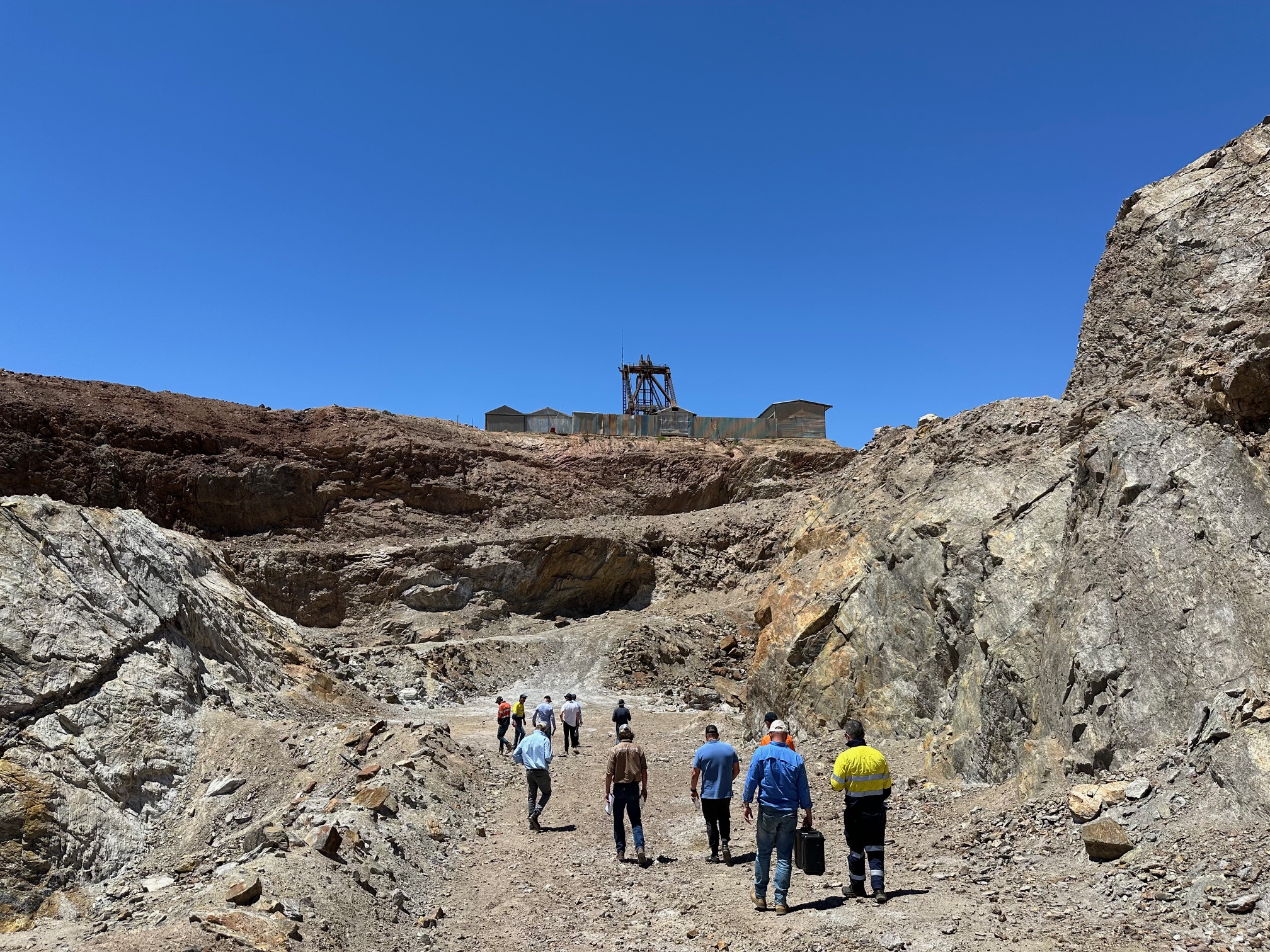
Tip of the iceberg
Williams and his team have completed around 33,000m of drilling and 22,000m of trenching at Pinnacles since 2001.
“The real upside is what Craig and the Williams family discovered in 2007, which is the Perseverance deposit”, Walta said.
Walta describes Perseverance as the last known, high-grade, virgin orebody in Broken Hill.
Williams said majors including CRA, Pasminco and Enterprise, had taken a look but focused on what was around the Pinnacles mine and not “what’s over the next hill”.
Perseverance was discovered over the hill in the first hole with an intersection of 10m at 1000g/t silver.
“I said, let’s be a bit ballsy here, and go 100m in front of that hole and plug another one and if we get it, stick to a 100m grid,” Williams said.
“27 holes later, 100m grid, it’s still there, and my job is coming back and plugging holes in between to bring it to a 50m grid. It’s giving you a bigger understanding that the thing is consistent. It’s at 1000m of vertical depth there.
“The tip of the iceberg that sunk the Titanic was a monster underneath. That’s what you’re talking about.”
Included in the overall Pinnacles resource is Perseverance’s initial resource 3.5Mt at of 4.5% zinc, 4.1% lead, 166g/t silver and 0.52g/t gold, or 12.3% ZnEq.
“So that’s all brand new. Unmined, never been developed,” Walta said.
The exploration target for Pinnacles, including Perseverance, is 6-15Mt at 2-4% zinc, 3-6% lead and 40-125g/t silver.
SUBSCRIBE
Get the latest breaking news and stocks straight to your inbox.
It's free. Unsubscribe whenever you want.
By proceeding, you confirm you understand that we handle personal information in accordance with our Privacy Policy.








